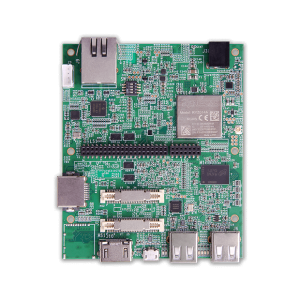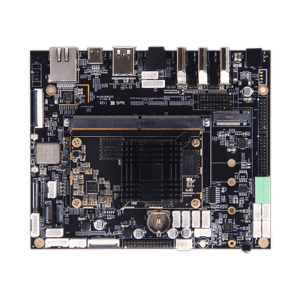What Is a System on Component (SOM) and Why Does It Subject?
What Is a System on Component (SOM) and Why Does It Subject?
Blog Article
How System on Module Accelerates Item Growth Cycles
Having a new service usually involves extended timelines, intricate designs, and significant reference investment. For corporations trying to speed up this process while sustaining top quality criteria, a system on module,system on module arm gift ideas an modern solution. This compact module not only simplifies the growth method but in addition helps increase item growth rounds without compromising performance or reliability.

SoM: A Making Stop for Efficient Solution Growth
A Program on Module (SoM) is a total research element that encapsulates all the components needed to run a particular application. It always includes a processor, memory, storage, and other crucial peripherals such as for instance connection alternatives and connection interfaces. The key benefit of an SoM is its small size, rendering it an easy task to include into any solution design.
Streamlining Product Growth with SoMs
Historically, having a new service requires designing and creating every part from scratch. This method could be time-consuming and resource-intensive, especially for complicated products.
What's a System on Module
A System on Module, usually abbreviated as industrial single board computer, is just a lightweight, integrated world that comes pre-loaded with essential parts such as a microprocessor, memory, power management, and occasionally also connectivity options. Consider it as a pre-built base for the solution, allowing designers to focus on particular functionalities without reinventing the wheel.
Why Program on Component Advantages Product Development
Here certainly are a few ways a System on Module significantly boosts the merchandise growth process.
Simplifies the Design Process
Creating a custom panel from damage involves time-consuming tasks like choosing parts, planning the signal, and screening hardware. By integrating different key functionalities, an SoM simplifies this process. Designers can give attention to planning the unique aspects of their solution in place of worrying about low-level hardware complexities.
An example worthwhile considering is in IoT devices. In place of planning every component, designers may use an SoM to incorporate important IoT operates quickly, decreasing the general time to market.
Reduces Risk
Custom electronics style inherently provides risks of problems and delays. Debugging and ensuring component compatibility can drag timelines. An off-the-shelf System on Element is pre-tested for performance and consistency, reducing likelihood of errors and ensuring a well balanced foundation. Designers may confidently construct upon that without worrying all about the basics.
Reduces Costs
While upfront fees of an SoM might seem more than some parts, it ultimately preserves time and source allocation, lowering fees in the long run. Furthermore, the availability of widely-used segments assures scalability without requesting continuous redesigns.
Rates Up Prototyping

Quick prototyping is required for companies trying to iterate quickly and match industry demands. An SoM permits quicker prototyping by giving a ready-to-use foundation. Teams may fast build a model, test functionality, and make improvements without awaiting extensive equipment style cycles.
Eases Maintenance
Program on Modules are made to provide long-term support, which ensures compatibility around time. Updates or improvements to the element don't demand a complete overhaul, further accelerating future solution iterations.
Empowering Faster Innovation
Adopting a System on Module may revolutionize how items are developed. By reducing style difficulties, reducing dangers, and enabling scalability, businesses can supply innovative options more efficiently. For industries where time to advertise is a critical full for achievement, integrating an SoM to the development process is really a game-changing strategy. Report this page